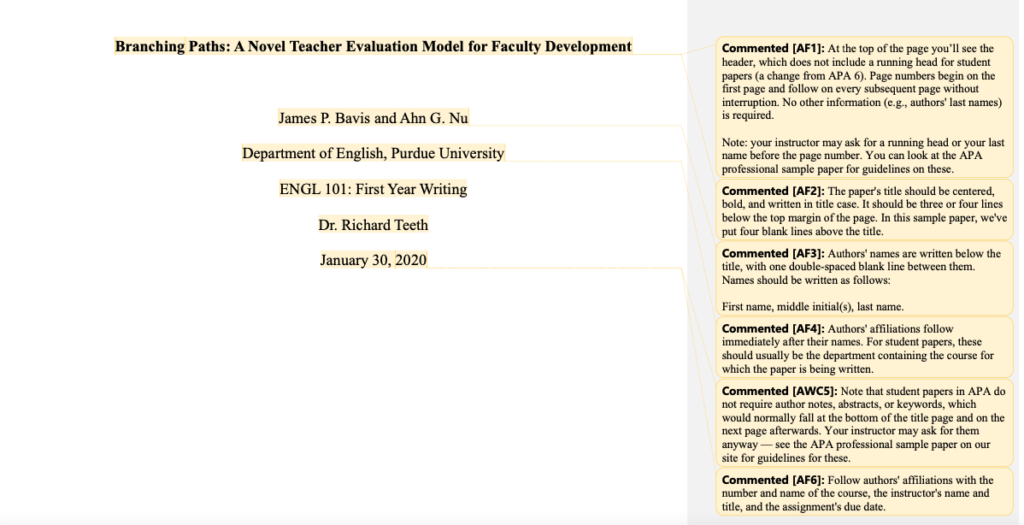I guess I’m doing this!
I don’t want to do this as much as you don’t want to read. So, we are on the same page, and I guess we are friends now. As one of your best friends, BFFs as some may call it (at least they used to), let me give you a quick look into what I think maybe not the best, but most definitely the coolest way to familiarize yourself with APA (American Psychological Association) formatting style.
The whole point of a citation or formatting style is to provide a standardized, consistent way of acknowledging and documenting the sources of information and ideas that you use in your research papers and publications. While there are many different styles (trust me there are a ton of styles), I chose to talk only about APA because that’s what I mostly use during my appointments (I know I sound like a dweeb using words like “standardized,” “acknowledge” etc. but believe me it could be worse).
Well, you may be thinking, what’s the difference? Why do you care if I use MLA or APA or whatever? If I use a citation style and systematically acknowledge and document the sources, I should be good right?
If you are paying attention and realize there are many different styles, there must be a reason for these styles to exist, right? If you understand the purpose of each style, you will know when to use one over the other. APA is predominantly used in social sciences, psychology, sociology, education, nursing, and business and aims to enhance the clarity and consistency in communicating scientific and technical information. MLA is mainly used in humanities such as literature, language, and cultural studies, focusing on citation of sources in literary analysis and criticism… blah blah blah…. Blah!
I know right! Unfortunately, there’s more…
There are few main terms you may hear in class, from your faculty, or from the referencing nerds at the Writing Center. Let me list them here for you so you don’t feel like a total… Okay, let me just list them.*
- In-text citations
- Reference page
- Title page
- Font and formatting
- Quotations
- DOI
- Parenthetical citations
- Block quote
*A non-exhaustive list
While it may look like a pain in the posterior region of the small brain which is also apparently called an “Occipital lobe,” it is not tough. I may have some tricks for you to learn this style quickly!
No, I will not slap a Purdue Owl link at your face or create a complex matrix of meaningless incoherent sentences at you to make myself feel good (no shade to those who do it).
As a noob all that Purdue links managed to do very well was to overwhelm me and borderline scare me with all the technicalities, details and shi…
Anyway…
The one answer I have for almost all your APA needs as a newbie is the “Student Sample Paper.” For this next part you may want to follow along with the screenshots attached below.

As you can see in the image, the sample paper has the recommended structure with commentary in the margins of the paper. Here, the title page details are mentioned with some additional notes.

Here, the details of paper’s title and an in-text citation for a quote borrowed from an external source.
One thing you may not find in the sample paper is the font and formatting section so here’s a direct quote from the Purdue OWL General APA guidelines section: “Your essay should be typed and double-spaced on standard-sized paper (8.5″ x 11″), with 1″ margins on all sides. You should use a clear font that is highly readable. APA recommends using 12 pt. Times New Roman font.” Sometimes your professor may have some other specific instructions (just a heads-up).
Hmm… I almost forgot. There’s another easier way. A Writing Center appointment! I think a synchronous appointment with the Writing Center is probably the easiest way to get a quick understanding and learn how to find and use resources. I’m sorry about that, I should’ve probably mentioned that in the very beginning, but you know… better late than never.
All the best and I hope to see you at the Writing Center!
Discover more from UCWbLing
Subscribe to get the latest posts sent to your email.
